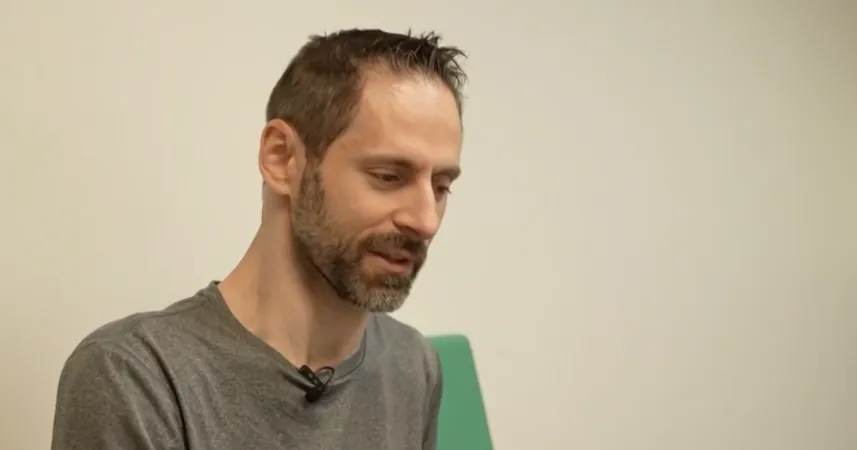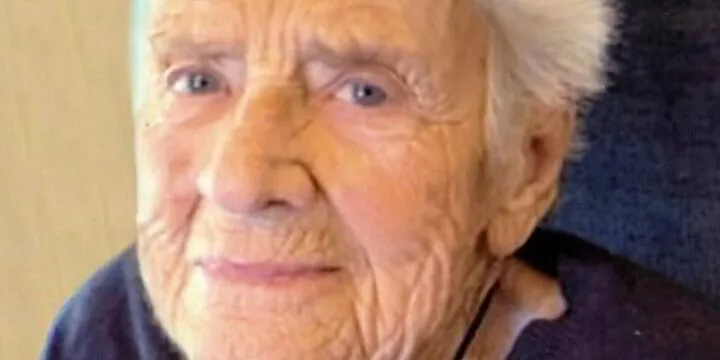
Revolutionary Electrode Therapy Offers New Hope for Spinal Cord Injury Patients
2024-10-15
Author: Wei Ling
Introduction
In a remarkable advancement for spinal cord injury rehabilitation, patients like Anthony Magliari are experiencing groundbreaking results through a cutting-edge electrode therapy called Exastim. After enduring a devastating motorcycle accident in 2009 that left him with a fractured C4 vertebra, Magliari has spent the last 15 years tirelessly working toward recovery.
Personal Journey
"My first ride on the interstate was a lesson I’ll never forget. I pushed my limits, veered off the exit ramp, hit a bump, and that’s when everything changed," Magliari recalled. While he has made strides to walk slowly, using his hands effectively remains a formidable challenge.
Determination to Improve
"Improving my grip and the strength in my arms is everything to me," he emphasized. Magliari's determination shines as he participates in a study that seeks to explore the potential of Exastim therapy. His latest session involves the application of multiple small electrode clusters on his back, which deliver targeted electrical stimulation.
The Experience of Therapy
"It's a powerful experience, especially at the beginning," he explained. The electrodes emit electrical impulses that stimulate the nerves in his arms and hands, sending vital feedback signals to the brain. This dual stimulation during rehabilitation aims to reactivate previously unused neural pathways that can enhance motor functions, giving patients greater control over their movements.
Expert Insight
"Essentially, we’re igniting dormant pathways to help patients regain motor skills," said Sakina Valika, physical therapist and clinical director at Tryability Rehab. While Exastim is not a cure, it holds promise for improving muscle movement and functional ability over time.
Tangible Changes
Magliari has noticed tangible changes during his therapy. "I’m not sure if I’m in the placebo group or the real treatment group, but I can definitely feel the stimulation working. It's like my nerves are firing in new patterns through my arms," he shared enthusiastically.
Family Motivation
These subtle improvements carry immense significance for Magliari and his family. "I have a seven-year-old daughter, and I want to actively engage with her as much as possible. Time is of the essence—both for me and for her. Any progress I can make now is critical," he expressed, underscoring the urgency behind his participation in the clinical trial.
Conclusion
As researchers and clinicians continue to explore new therapies for spinal cord injury recovery, stories like Magliari’s provide a glimmer of hope for many who are navigating similar struggles. The journey may be long, but with innovations like Exastim, the future looks more promising than ever.



 Brasil (PT)
Brasil (PT)
 Canada (EN)
Canada (EN)
 Chile (ES)
Chile (ES)
 España (ES)
España (ES)
 France (FR)
France (FR)
 Hong Kong (EN)
Hong Kong (EN)
 Italia (IT)
Italia (IT)
 日本 (JA)
日本 (JA)
 Magyarország (HU)
Magyarország (HU)
 Norge (NO)
Norge (NO)
 Polska (PL)
Polska (PL)
 Schweiz (DE)
Schweiz (DE)
 Singapore (EN)
Singapore (EN)
 Sverige (SV)
Sverige (SV)
 Suomi (FI)
Suomi (FI)
 Türkiye (TR)
Türkiye (TR)